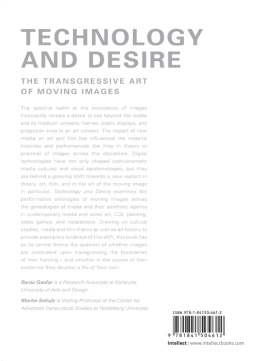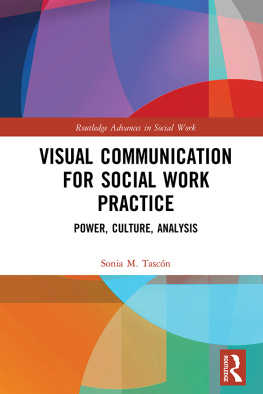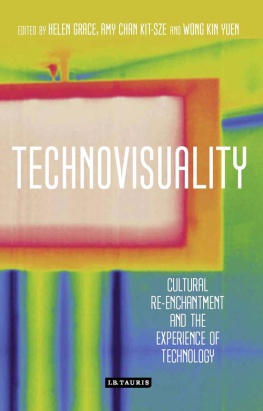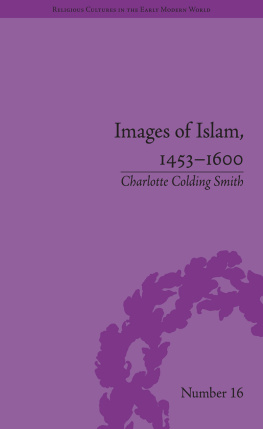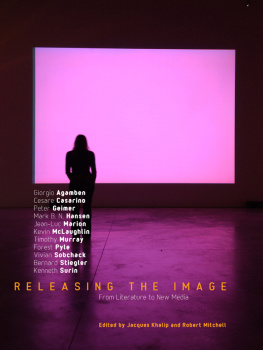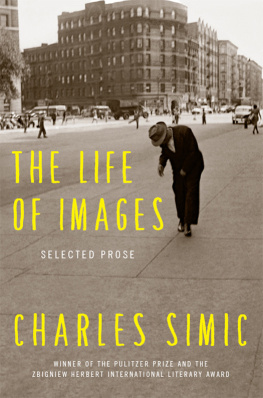
Images, Ethics, Technology
Images, Ethics, Technology explores the changing ethical implications of images and the ways they are communicated and understood.
It emphasizes how images change not only through their modes of representation, but also through our relationship to them. In order to understand images, we must understand how they are produced, communicated, and displayed.
Each of the 14 essays charts the relationship to technology as part of a complex social and cultural matrix, highlighting how these relations constrain and enable notions of responsibility with respect to images and what they represent. They demonstrate that as technology develops and changes, the images themselves change, not just with respect to content, but in the very meanings and indices they produce.
This is a collection that not only asks who speaks for the art, but also who speaks for the witnesses, the cameras, the documented, the landscape, the institutional platforms, the taboos, those wishing to be forgotten, those being seen, and the experience of viewing itself.
Images, Ethics, Technology is ideal for advanced-level students and researchers in media and communications, visual culture, and cultural studies.
Sharrona Pearl is Assistant Professor at the Annenberg School for Communication, University of Pennsylvania. Her first book, About Faces: Physiognomy in Nineteenth-Century Britain, was published in 2010. She is currently working on a book entitled Face/On: Face Transplants and the Ethics of the Other.
Shaping Inquiry in Culture, Communication and Media Studies
Series Editor: Barbie Zelizer
Dedicated to bringing to the foreground the central impulses by which we engage in inquiry, the Shaping Inquiry in Culture, Communication and Media Studies series attempts to make explicit the ways in which we craft our intellectual grasp of the world.
Explorations in Communication and History
Edited by Barbie Zelizer
The Changing Faces of Journalism
Tabloidization, Technology and Truthiness
Edited by Barbie Zelizer
The Politics of Reality Television
Global Perspectives
Edited by Marwan M. Kraidy and Katherine Sender
Making the University Matter
Edited by Barbie Zelizer
Communication Matters
Materialist Approaches to Media, Mobility and Networks
Edited by Jeremy Packer and Stephen B. Crofts Wiley
Communication and Power in the Global Era
Orders and Borders
Edited by Marwan M. Kraidy
Boundaries of Journalism
Professionalism, Practices and Participation
Edited by Matt Carlson and Seth C. Lewis
Images, Ethics, Technology
Edited by Sharrona Pearl

First published 2016
by Routledge
2 Park Square, Milton Park, Abingdon, Oxon OX14 4RN
and by Routledge
711 Third Avenue, New York, NY 10017
Routledge is an imprint of the Taylor & Francis Group, an informa business
2016 Sharrona Pearl
The right of Sharrona Pearl to be identified as the author of the editorial material, and of the authors for their individual chapters, has been asserted in accordance with sections 77 and 78 of the Copyright, Designs and Patents Act 1988.
All rights reserved. No part of this book may be reprinted or reproduced or utilized in any form or by any electronic, mechanical, or other means, now known or hereafter invented, including photocopying and recording, or in any information storage or retrieval system, without permission in writing from the publishers.
Trademark notice: Product or corporate names may be trademarks or registered trademarks, and are used only for identification and explanation without intent to infringe.
British Library Cataloguing-in-Publication Data
A catalogue record for this book is available from the British Library
Library of Congress Cataloging-in-Publication Data
Images, ethics, technology / edited by Sharrona Pearl.
pages cm. (Shaping inquiry in culture, communication and media studies)
Includes bibliographical references and index.
1. Visual communication. 2. Communication and technology. 3. TechnologyMoral and ethical aspects. I. Pearl, Sharrona, editor.
P93.5.I4669 2015
302.22dc23
2015015851
ISBN: 978-1-138-93513-6 (hbk)
ISBN: 978-1-138-93515-0 (pbk)
ISBN: 978-1-315-67759-0 (ebk)
Typeset in Sabon
by Swales & Willis Ltd, Exeter, Devon, UK
Lisa Cartwright is Professor of Communication and Science Studies at the University of California, San Diego, where she also teaches in critical gender studies. Her research interests span visual studies; gender and sexuality studies; science, technology, information and medicine studies; and disability studies. She is the author of Moral Spectatorship: Technologies of Voice and Affect in Postwar Representations of the Child (Duke University Press, 2008) and Screening the Body: Tracing Medicines Visual Culture (University of Minnesota Press, 1995). She is co-author, with Marita Sturken, of Practices of Looking: An Introduction to Visual Culture (Oxford University Press, second edition 2008). With Paula Treichler and Constance Penley, she co-edited The Visible Woman: Imaging Technologies, Gender and Science (New York University Press, 1998).
Roderick Coover is Associate Professor of Film and Media Arts at Temple University, where he teaches courses in visual research, experimental media arts, and cinema. A recipient of Mellon, LEF, Whiting and Fulbright awards, his recent works include Switching Codes: Thinking Through Digital Technology in the Humanities and Arts (University of Chicago Press, 2011), Unknown Territories ( http://unknownterritories.com ), From Verite to Virtual (Documentary Educational Resources, 2007), and The Theory of Time Here (Video Data Bank, 2007). He is currently at work on a multi-monitor installation and book project about Philadelphia and the Delaware River in an age of global warming.
Nora Draper is Assistant Professor of Communication at the University of New Hampshire. Her research examines the complexities of authenticity, privacy, identity, and reputation in the digital era through frames of critical cultural theory and policy. Her work has been published in the International Journal of Communication, Critical Studies in Media Communication, Journal of Children and Media, and Surveillance & Society.
Kelly Gates is Associate Professor of Communication, Science Studies, and Critical Gender Studies at the University of California, San Diego. Her research examines the social and political dimensions of computerization and surveillance system development in post-war United States. Her book, Our Biometric Future: Facial Recognition Technology and the Culture of Surveillance(New York University Press, 2011), examines the effort underway since the 1960s among program computers to see the human face. She is also the editor ofInternational Encyclopedia of Media Studies, Vol. VI: Media Studies Futures (Wiley-Blackwell, 2013).
Nicholas Gilewicz is a doctoral student at the Annenberg School for Communication at the University of Pennsylvania. He researches the history of journalism, how journalists construct the social meaning of their work through journalism products, and how to theorize new frameworks with which to analyze texts and communities produced by digital communication, some of which is forthcoming in


